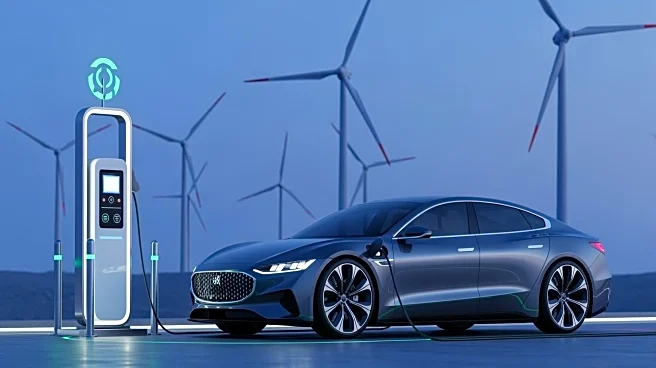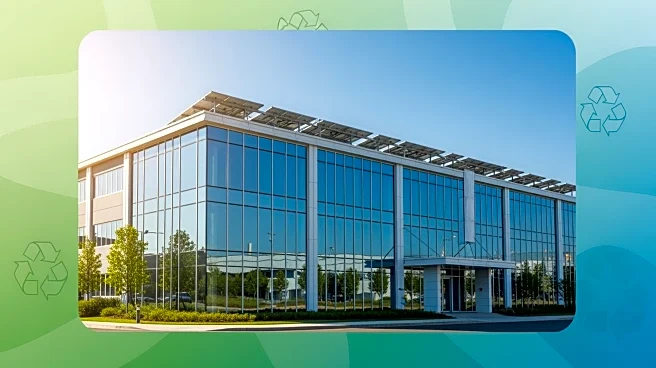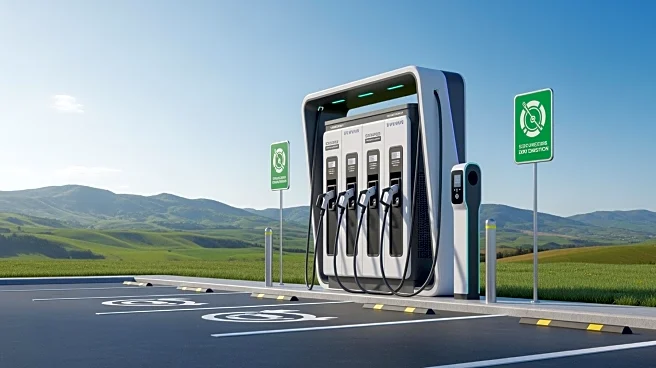What's Happening?
The European Union is making significant strides towards its zero-emission goals, with a focus on reducing CO2 emissions from new passenger cars by 2035. According to a report by the International Council on Clean Transportation, the EU's regulatory standards
have effectively accelerated the adoption of electric vehicles, contributing to a decrease in fleet-wide CO2 emissions. The transition is supported by technological innovations and market momentum, although challenges remain in ensuring affordability and securing supply chains. The EU's commitment to reducing emissions is part of a broader strategy to enhance energy independence and promote sustainable transportation.
Why It's Important?
The EU's progress towards zero-emission targets is vital for global climate change mitigation efforts. By reducing reliance on fossil fuels and promoting electric vehicles, the EU is setting a precedent for other regions to follow. The transition has economic implications, as it could lead to job creation in the green technology sector and reduce energy dependency. Additionally, the shift to electric vehicles is expected to improve public health by reducing air pollution and associated health risks. The EU's approach highlights the importance of regulatory frameworks in driving environmental change.
What's Next?
The EU will continue to implement policies to support the transition to zero-emission vehicles, including investments in charging infrastructure and workforce re-skilling programs. The European Commission is expected to release a progress report on CO2 emission standards, which will provide further insights into the trajectory of the transition. Automakers and industry stakeholders will need to adapt to evolving regulations and market demands, potentially leading to increased innovation and competition in the electric vehicle sector.
Beyond the Headlines
The EU's zero-emission trajectory raises questions about the balance between environmental goals and economic realities. The transition may require significant investments in infrastructure and technology, posing challenges for countries with limited resources. Additionally, the shift towards electric vehicles could impact traditional automotive industries, necessitating strategic planning to ensure a smooth transition for workers and businesses.















